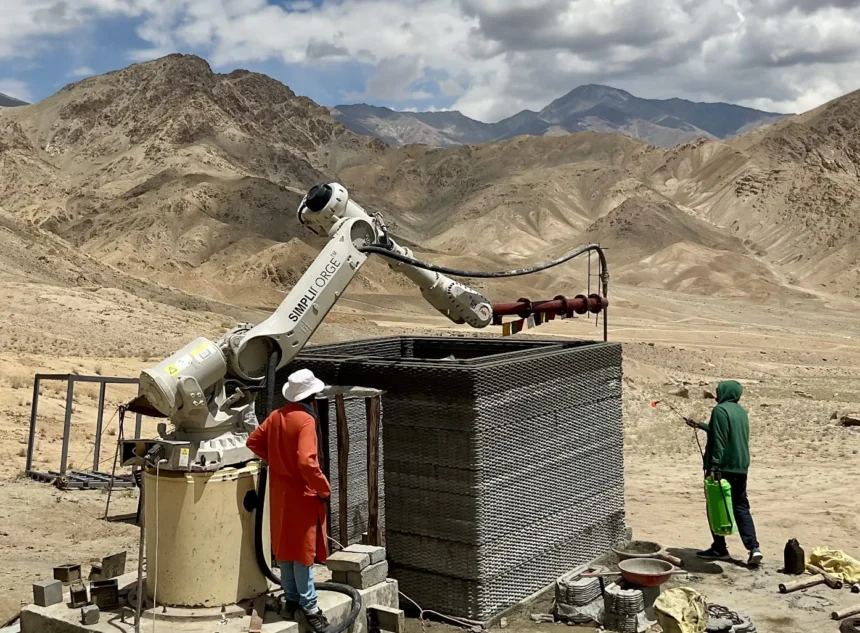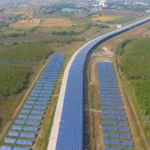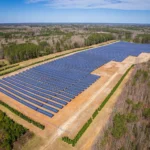In a landmark breakthrough for India’s defense and deep-tech ecosystem, a multidisciplinary team led by Prof. K.V.L. Subramaniam from IIT Hyderabad and Arun Krishnan, a PhD scholar at IIT-Hyderabad, has successfully constructed India’s first 3D-printed military-grade bunker in Ladakh. Built in just 14 hours using locally sourced materials, this project is a testament to how indigenous innovation can redefine rapid infrastructure development in harsh, high-altitude environments.
The pioneering effort was executed in collaboration with Simpliforge Creations, a Hyderabad-based construction 3D printing company known for pushing the boundaries of additive manufacturing in India. Their custom-engineered robotic 3D printer was deployed and commissioned in under 24 hours—despite the extreme terrain and challenging weather conditions of Ladakh.
Rapid Construction in Harsh Climates: A Technological Feat
Dhruv Gandhi, CEO of Simpliforge Creations, elaborated on the project’s complexities:
“Operating at over 11,500 feet, we had to combat reduced oxygen levels, impaired power efficiency, and human fatigue. The low humidity and high UV radiation further complicated the integrity of materials. Yet, within 5 days, we delivered a structure that is strong, sustainable, and strategically valuable.”
The 3D-printed bunker highlights the agility and scalability of robotic construction, especially in terrains where traditional building methods are not feasible.
Material Science Innovation: The Core of Structural Durability
Prof. Subramaniam emphasized the advanced material engineering behind the success:
“Working in thermal extremes demanded a specially designed concrete mix. Our team rigorously tested and optimized a composition that could withstand the intense environmental stress while utilizing locally available aggregates. This ensured the bunker’s structural strength, insulation, and longevity.”
The use of customized concrete formulations makes this structure not only eco-friendly but also a benchmark for future infrastructure in similarly hostile conditions.
Project PRABAL: A Dream Realized
Arun Krishnan, who conceptualized the initiative during his M.Tech program at IIT-Hyderabad, stated:
“Many prior attempts to deploy 3D construction in Ladakh had failed. It was the convergence of IIT Hyderabad’s academic strength and Simpliforge’s real-world expertise that finally cracked the code. Project PRABAL proves that Indian deeptech can thrive where others falter.”
Paving the Way for Lunar and Martian Construction
Hari Krishna Jeedipalli, Managing Director at Simpliforge, drew parallels to interplanetary construction:
“From India’s first 3D-printed bridge to military-grade installations, each project has pushed the envelope. The successful construction in Ladakh validates our technology for extraterrestrial environments like the Moon and Mars. This is a crucial milestone on the path to space colonization.”
A Vision Aligned with Make-in-India and Strategic Defense Goals
The Ladakh bunker not only addresses India’s strategic defense infrastructure needs but also embodies the spirit of Aatmanirbhar Bharat (self-reliant India) and the Make-in-India initiative. The project demonstrates that homegrown innovations can deliver mission-critical solutions that are fast, scalable, and sustainable.












